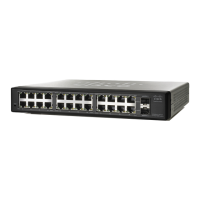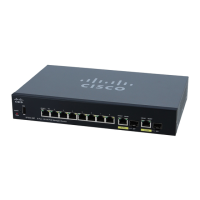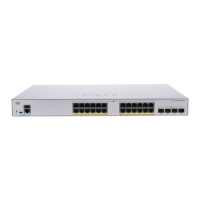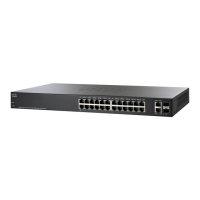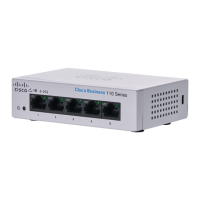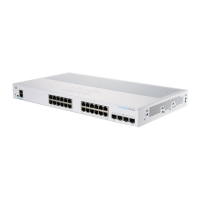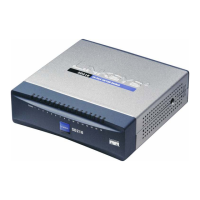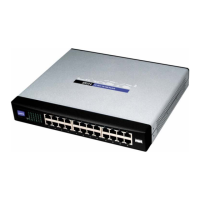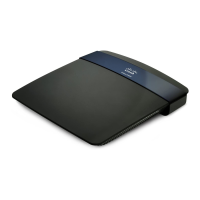Port Management
Configuring Green Ethernet
Cisco Small Business 200 Series Smart Switch Administration Guide 128
10
Power Saving by Disabling Port LEDs
The Disable Port LEDs feature saves power consumed by device LEDs. Since the devices are often in an
unoccupied room, having these LEDs lit is a waste of energy. The Green Ethernet feature enables you to
disable the port LEDs (for link, speed, and PoE) when they are not required, and to enable the LEDs if they
are needed (debugging, connecting additional devices etc.).
On the System Summary page, the LEDs that are displayed on the device board pictures are not affected
by disabling the LEDs.
Port LEDs can be disabled on the Green Ethernet -> Properties page.
802.3az Energy Efficient Ethernet Feature
This section describes the 802.3az Energy Efficient Ethernet (EEE) feature.
It covers the following topics:
• 802.3az EEE Overview
• Advertise Capabilities Negotiation
• Link Level Discovery for 802.3az EEE
• Availability of 802.3az EEE
• Default Configuration
• Interactions Between Features
• 802.3az EEE Configuration Workflow
802.3az EEE Overview
802.3az EEE is designed to save power when there is no traffic on the link. In Green Ethernet, power is
reduced when the port is down. With 802.3az EEE, power is reduced when the port is up, but there is no
traffic on it.
802.3az EEE is only supported on devices with GE ports.
When using 802.3az EEE, systems on both sides of the link can disable portions of their functionality and
save power during periods of no traffic.
802.3az EEE supports IEEE 802.3 MAC operation at 100 Mbps and 1000 Mbps:
LLDP is used to select the optimal set of parameters for both devices. If LLDP is not supported by the link
partner, or is disabled, 802.3az EEE still be operational, but it might not be in the optimal operational mode.
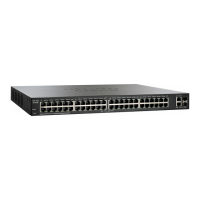
